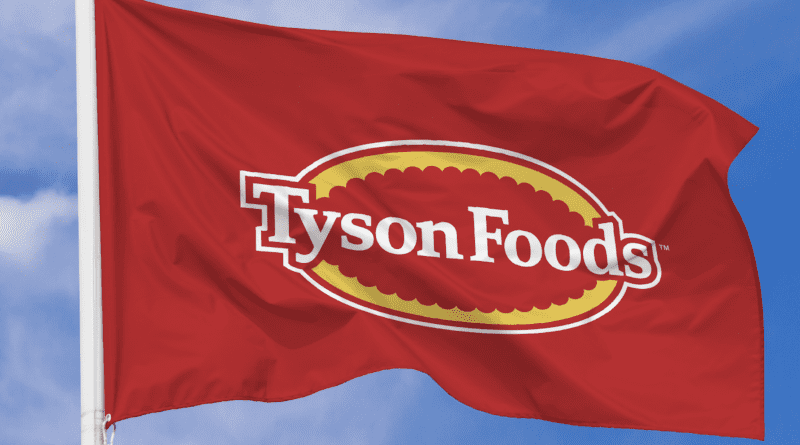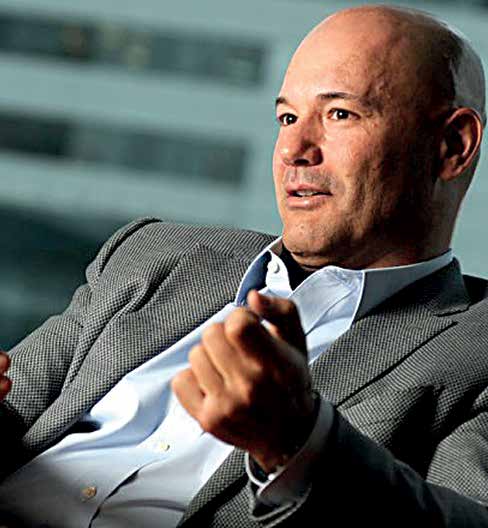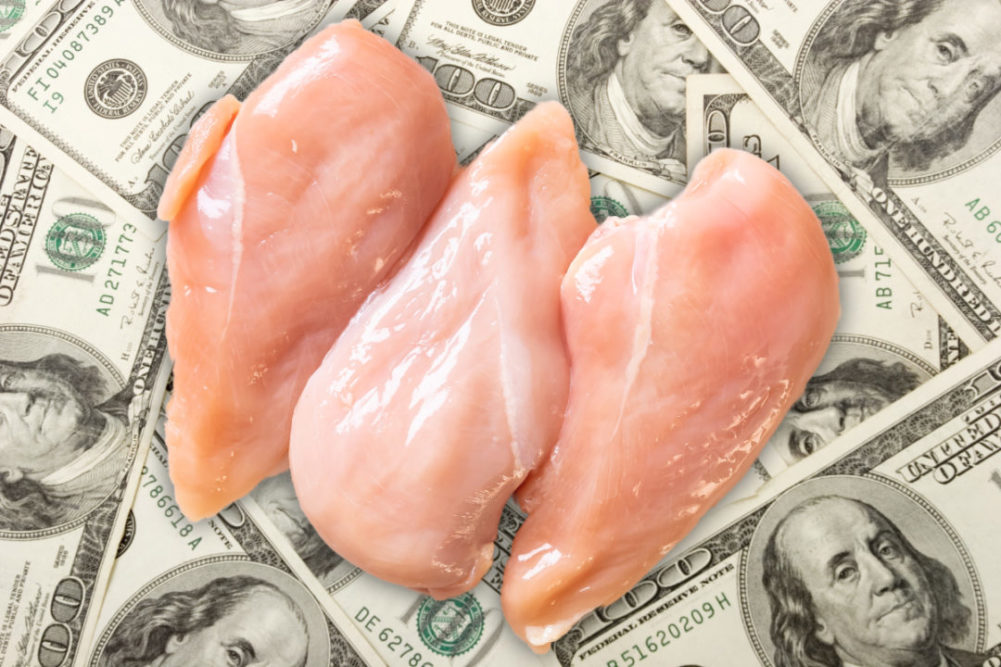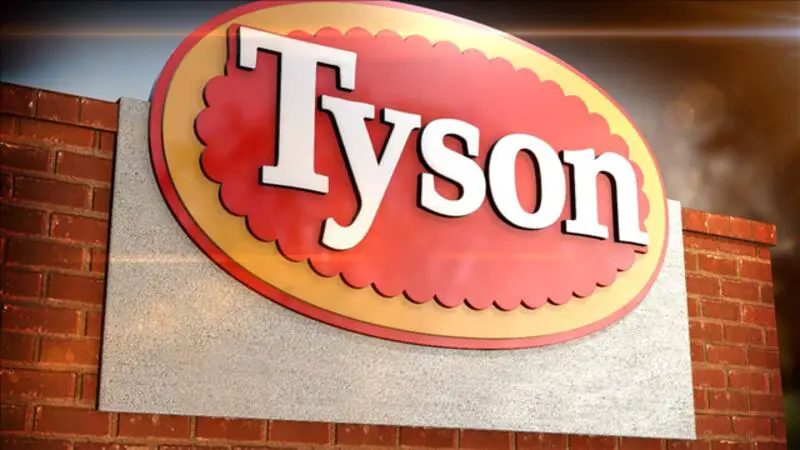Why & How Tyson’s Business is Booming
Tyson Foods’ Strategic Revival in the Chicken Business Boosts Profit and Stocks: An In-depth Analysis
Tyson Foods, the largest U.S. meatpacker, has showcased an impressive financial rebound in its chicken business, leading to an unexpected surge in quarterly profits and share price. The company, despite struggles in other areas, managed to outperform Wall Street expectations, causing an 8.6% rise in its stock. This analysis delves into Tyson’s strategies in the chicken sector and how they’re offsetting ongoing challenges in beef.
Tyson Foods’ Financial Performance Overview
On November 12, Tyson Foods released its fourth-quarter financial report, revealing adjusted earnings of 92 cents per share. These figures exceeded analysts’ projections of 69 cents, according to data from LSEG. Net sales for the quarter rose to $13.57 billion, a 1.6% increase, which also surpassed the average Wall Street estimate of $13.39 billion.
In a bid to counterbalance weaknesses in its beef segment, Tyson has adopted efficient production methods in the chicken sector, from refining plant operations to managing feed costs. With these improvements, Tyson Foods reported an adjusted operating margin of 3.8% in the chicken division—a notable increase from the 1.8% recorded last year.
Tyson’s Strategic Shift to Chicken: A Profit-Driving Move
The company’s focus on chicken isn’t new, but Tyson’s latest financial report emphasizes how central it has become to their overall strategy. Tyson’s CEO Donnie King highlighted during an earnings call that more than half of the company’s projected operating income for 2025 ($1.8 billion to $2.2 billion) would derive from chicken. This calculated shift represents Tyson’s proactive adaptation to market demands and the volatility within its other segments, particularly beef.
Key Factors Behind Tyson’s Chicken Business Resurgence
- Improved Operational Efficiency: Tyson implemented changes to its chicken plant operations, increasing production efficiency. This restructuring was partly in response to previous supply chain issues, which led Tyson to shut down several chicken plants over the past year.
- Lower Feed Costs: The cost of poultry feed has decreased, positively impacting Tyson’s margins. By minimizing one of the largest variable costs in chicken production, Tyson increased profitability and achieved a healthier balance in production costs versus revenues.
- High Adjusted Operating Income: Tyson’s chicken segment saw its operating income rise to $409 million in the fourth quarter, compared to a $267 million loss a year earlier. This represents a significant shift that aligns with their business model adjustments and cost-control efforts.
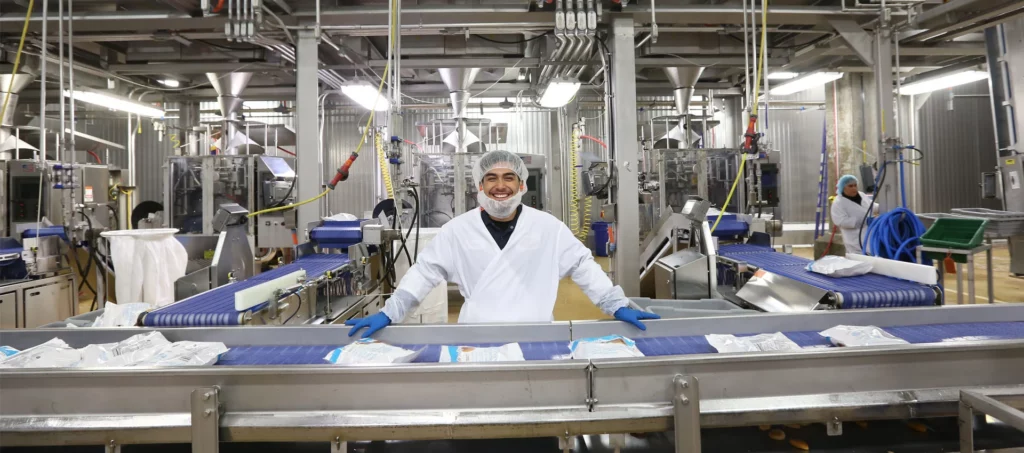
Challenges in the Beef Segment: An Ongoing Concern
While Tyson’s chicken business is thriving, the company faces persistent challenges within its beef segment. Factors like a tight cattle supply and unfavorable margins have impeded the profitability of its beef operations, impacting the company’s overall earnings.
In the U.S., cattle herds are at their smallest size in seven decades due to prolonged droughts, forcing ranchers to send more cattle to slaughter. This reduction in cattle supply has resulted in higher beef prices and strained Tyson’s margins. Although the company reported a slight improvement in beef operating margins compared to the previous year, they remained negative, with no clear signs of a rebound.
According to Donnie King, CEO of Tyson, the cattle supply issue reflects a cyclical downturn with limited signs of reversal. He commented that the “current cattle cycle remains challenging,” noting the lack of long-term herd rebuilding efforts among ranchers, which suggests this tight supply is likely to continue.
Tyson’s Stock Market Reaction
Following the announcement of Tyson’s financial results, shares of Tyson Foods spiked by nearly 9%, reaching $63.87 in late-morning trading on the same day. This growth signals investor confidence in Tyson’s ability to capitalize on its strong chicken business performance, even as its beef sector remains vulnerable. The stock rally highlights the market’s recognition of Tyson’s adaptability and resilience in optimizing its operational focus.
Future Projections for Tyson Foods
Tyson’s reliance on its chicken segment for more than half of its operating income in 2025 reflects a clear strategic shift aimed at stabilizing overall earnings. This approach allows Tyson to buffer losses from beef with a more consistent revenue stream from poultry. Analysts anticipate that Tyson’s proactive focus on its chicken business will support continued growth, but potential obstacles remain, particularly if feed costs increase or if the beef market further deteriorates.
Despite these challenges, Tyson’s robust quarterly performance and high profitability forecast have positioned the company to leverage its strengths in poultry, an area expected to offer steady growth in the coming years.
Conclusion
Tyson Foods has demonstrated how a targeted focus on a particular segment—in this case, chicken—can serve as a hedge against volatility in other parts of its business. The company’s effective cost management, plant efficiency improvements, and calculated shift towards poultry highlight a resilience that has resonated well with investors. Tyson’s long-term strategy to emphasize its chicken segment could further solidify its market position and ensure continued profitability. The success in chicken has not only revitalized Tyson’s profit margins but has also boosted investor confidence, creating an optimistic outlook for the company moving into 2025.
